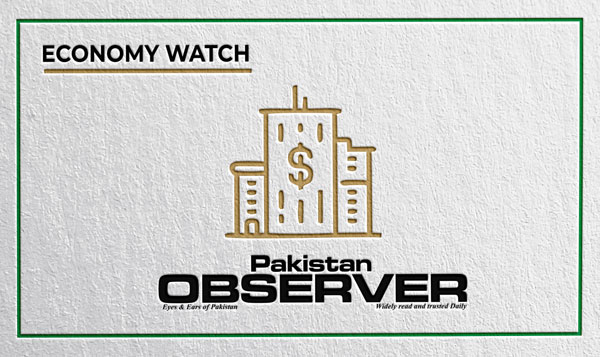Zubair Qureshi Islamabad
New records for coal production and global carbon emissions were set in 2022 which paints a picture completely opposite to the concept of circular economy.
Founder and Director, Product-Life Institute, Geneva and Member of the Strategic Foresight Board of Circular Economy Alliance Dr Walter Stahel said this while delivering a special lecture on the Earth Day 2023 titled “Developing Sustainable Policies for a Circular Economy”.
The lecture was organized by the Sustainable Development Policy Institute (SDPI) here Wednesday.
Dr Walter Stahel said sustainability and circular economy were two sides of the same coin with the objective of managing capitals. He said that for too humans neglected that nature itself is circular by evolution with no waste, but nature cannot deal with man-made waste, which resulted in contemporary environmental issues.
He stressed that with our current lifestyles, we may run out of resources which establishes the need for sustainability by making conscious consumption decisions.
He said that circular economy can effectively resolve the challenges of waste, carbon emissions, increasing anthropogenic mass by transitioning consumers to users through responsible consumption, improving utility of existing structures and prevent losses by internalizing risks.
He highlighted that energy production, agriculture and forestry are the leading economic sectors contributing to global greenhouse gas emissions.
He stressed on reuse, repair, refill, remanufacture, reprogram and said that the longer a product is used, the more local labor is employed, and waste generation is prevented.
He further said that vertical axe windmills are a good example of circularity in renewable energy devices which use less materials to build and occupy less land. He also suggested introducing initiatives like sharing in social services such as combining laundromats with internet cafes, kindergartens and playgrounds to increase utility and make them more attractive.
He stressed the role of policy makers in strengthening and promoting circular economy by embedding them through legal frameworks. He suggested considering innovative tools like green public procurement of performance rather than objects, taxing non-renewable sources rather than wages, not levying VAT on value maintaining services and offering carbon credits. He further proposed that Pakistan can adopt transition to circular economy by defining and integrating international best practices into national policies and action plans.
He said that decarbonization or degrowth will not be applicable to Pakistan, owing to the country’s geo-political and economic situation. However, he maintained that small steps like introducing green skills for promoting green jobs can expedite the transition.










